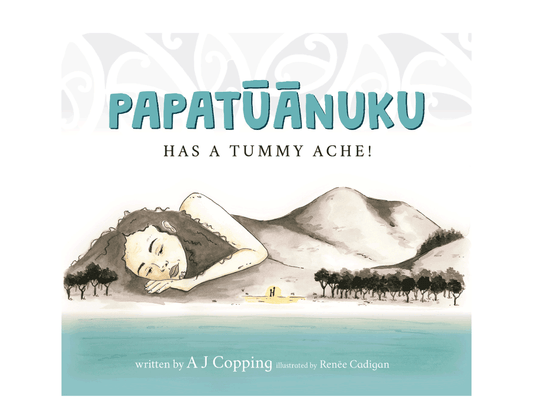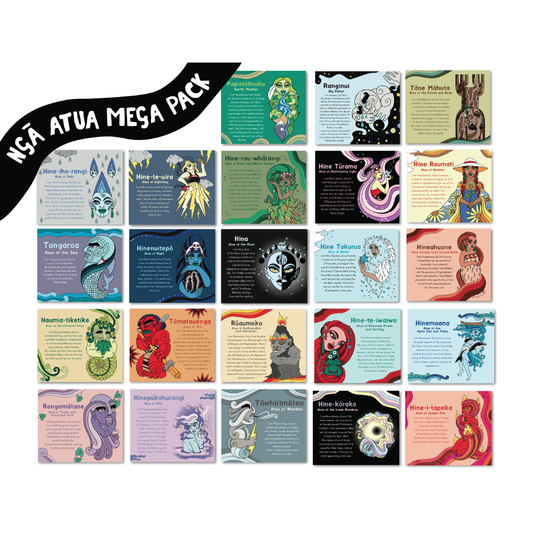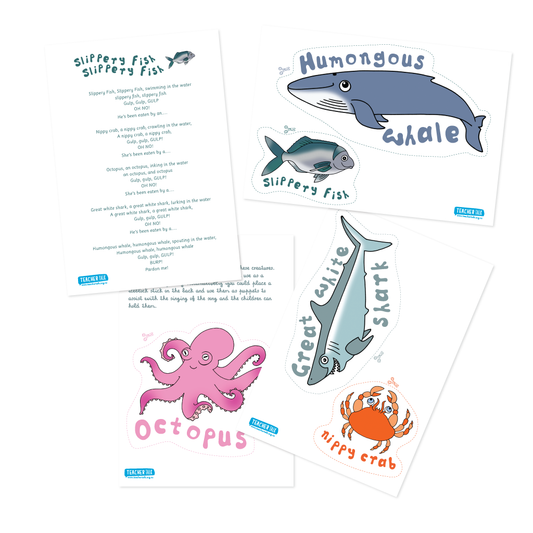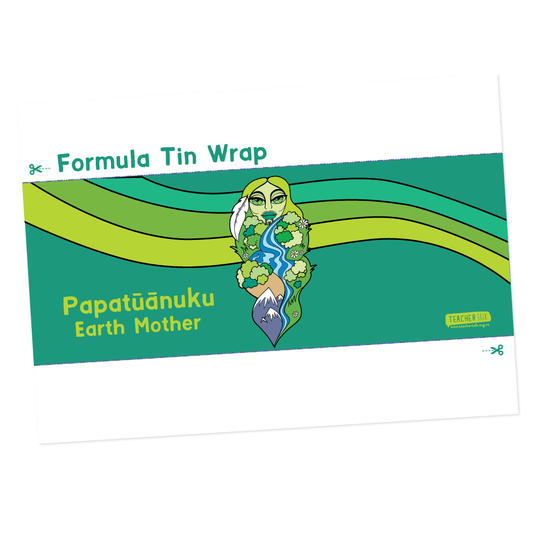Maramataka or “moon phase calendar” and is based on the 28-day lunar cycle. Unlike the Gregorian calendar, which follows the sun, maramataka tracks the movement of the moon and its impact on the tides, weather, plants, animals, and even human energy levels. The maramataka helps develop an understanding of the best times for planting, fishing, and resting by staying in tune with nature. By embracing maramataka in education, we can honor Te Tiriti o Waitangi and encourage tamariki to build a stronger connection to Te Taiao (the natural world).
Each moon phase has a name and a specific meaning. While there are some regional variations, the following are some commonly recognized phases, their significance and easy ideas to adapt to, or apply these phases in your learning environment.
Whiro (New Moon) – Low Energy
The moon is invisible, a time for caution and reflection. Avoid major activities and decisions.
ECE Tip: Encourage quiet, indoor play and restful activities.
Ōkoro (First Crescent) – Awakening
The first visible crescent signals renewal and gentle action.
ECE Tip: Introduce new activities and encourage curiosity.
Tamatea-ā-Ngana (First Quarter) – Action
Energy rises as the moon is half-full. A time for bold actions and new challenges.
ECE Tip: Encourage problem-solving, group projects, and movement.
Tamatea-Whakapau (Waxing Gibbous) – Unpredictability
More than half full, energy fluctuates. Some days feel chaotic.
ECE Tip: Be flexible, let tamariki lead their learning, and embrace spontaneous play.
Ōturu (Full Moon) – High Energy
The full moon brings peak energy, perfect for productivity.
ECE Tip: Plan high-energy activities like music, dance, and games.
Korekore Piri ki Tangaroa (Waning Gibbous) – Transition
The moon wanes, signaling a time to slow down and reflect.
ECE Tip: Focus on storytelling and reviewing learning.
Tangaroa-ā-Roto (Last Quarter) – Growth
A time for productivity and preparing for change.
ECE Tip: Engage in outdoor learning and encourage finishing projects.
Tangaroa-ā-Kiokio (Waning Crescent) – Preparation
The moon is nearly gone, a time for tidying and planning.
ECE Tip: Encourage organisation and gentle reflection.
Mutuwhenua (Dark Moon) – Rest
A time for quiet reflection and rejuvenation before the new cycle.
ECE Tip: Offer calm, soothing activities to allow tamariki to rest.
Bringing maramataka into early childhood education isn’t just about teaching a calendar system. Maramataka encourages children to connect with nature by observing how the moon, tides, and seasons influence plants, animals, and people, aligning with Te Whāriki’s focus on relationships with the natural environment. It also supports emotional and physical wellbeing by helping tamariki and kaiako recognize energy fluctuations and their influence on daily routines, reflecting the Māori concept of hauora (holistic wellbeing).
Introducing maramataka in ECE can be simple and meaningful. Start by creating a maramataka wall chart, observing the moon together with tamariki through daily or weekly discussions, encouraging tamariki to share what they see and how it might affect their day. Connect learning to kai by discussing when certain fruits and vegetables grow best according to maramataka, or try planting a small garden to observe how growth aligns with the moon. Bring the learning to life through storytelling and waiata by sharing pūrākau(Māori stories) about the marama and te taiao. Once you tune into tamariki’s energy by noticing how their moods change with different moon phases, try adjusting activities to match - plan high-energy tasks for full moon days and restful ones during Whiro.
Maramataka is more than just a calendar—it’s a way of living in harmony with te taiao. By weaving this knowledge into ECE, we can help tamariki develop a sense of rhythm with the natural world, nurture their wellbeing, and uphold mātauranga Māori in meaningful ways. Whether through storytelling, observation, or hands-on activities, introducing maramataka into early childhood education is a step toward honoring indigenous wisdom and fostering a deep sense of environmental and cultural connection.




